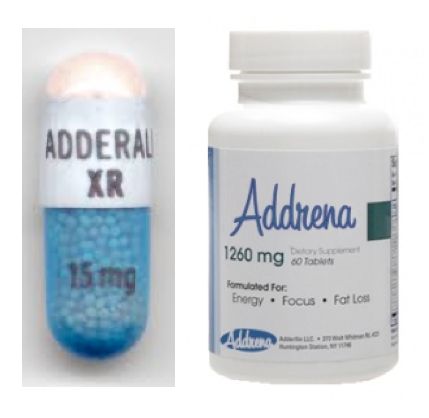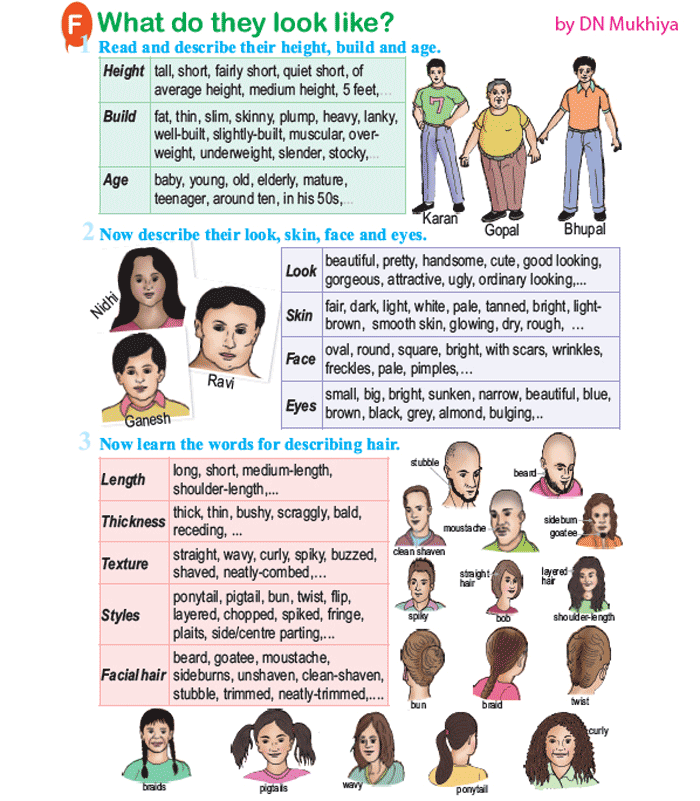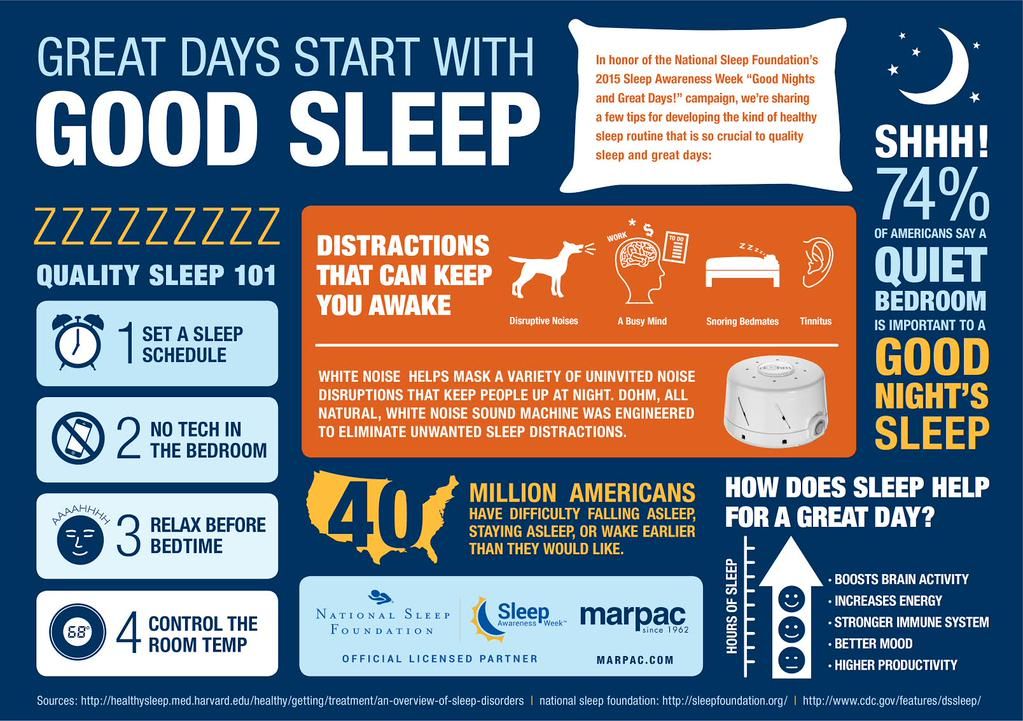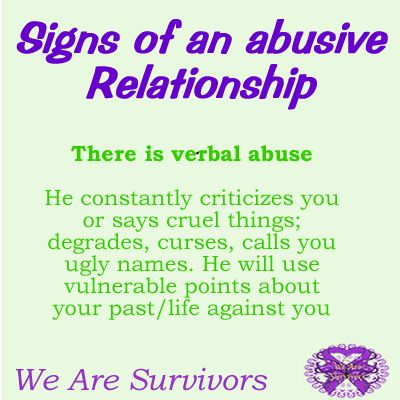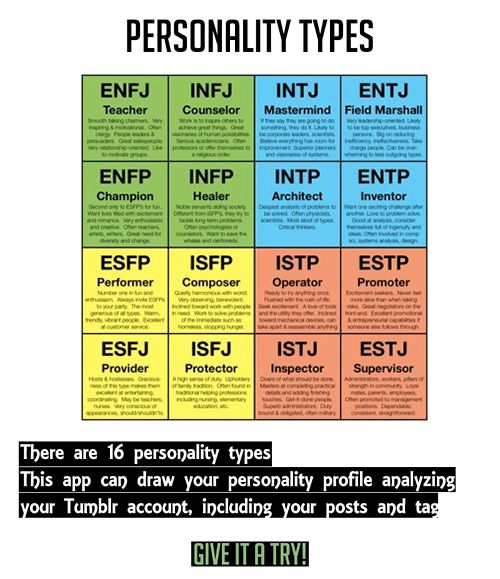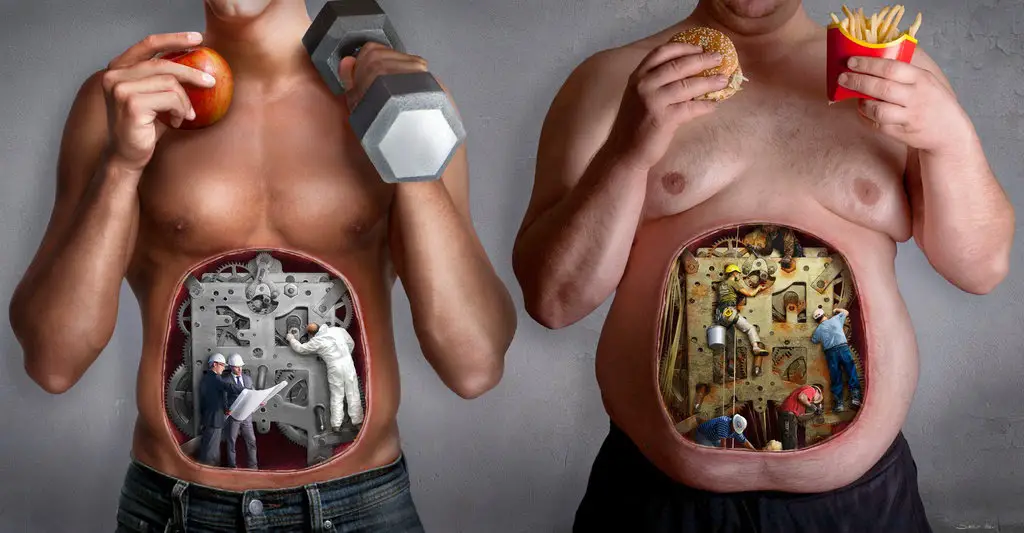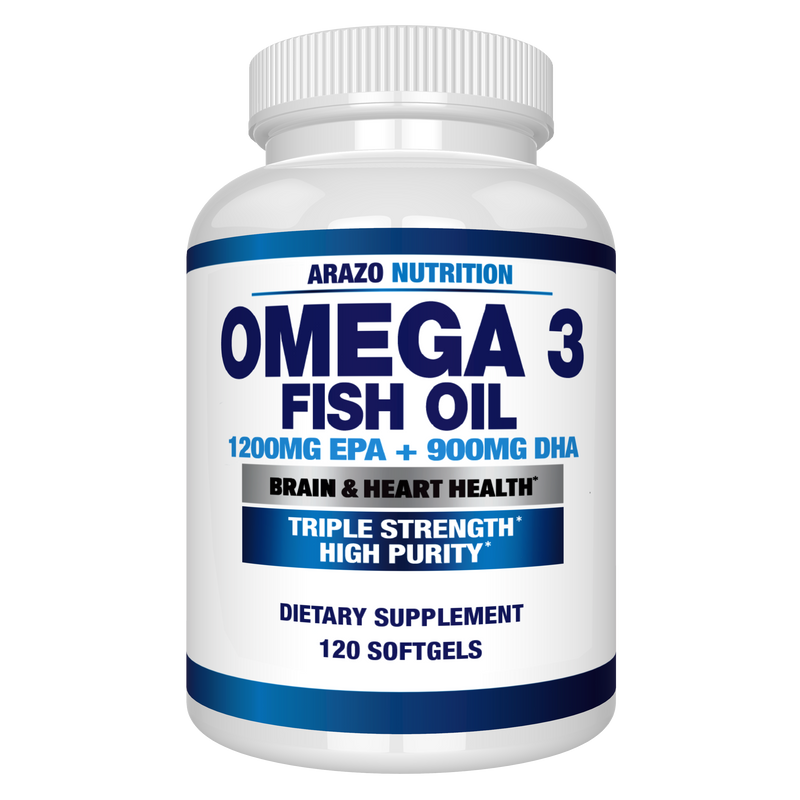Adderall for school
Is The "Study Drug" Safe for Recreational Use?
Adderall’s focus-boosting effects can be tempting to people without an ADHD disorder, but misusing Adderall to study can be risky, addictive and dangerous.
Despite the risks and the fact that it’s a controlled substance, people have started using Adderall for studying. It’s not uncommon on campuses across the country to see students using it for studying on a regular basis. The drug is relatively easy for them to obtain, and the theory is that it allows them to focus for long periods of time without falling asleep or losing interest.
This overview covers how the drug affects the body, why people use it for studying, and the potential risks involved.
The “Study Drug”
Adderall is often referred to as a “study drug,” and students and young professionals frequently use it to increase their focus and level of productivity. Adderall and drugs like it are also called “smart drugs,” and even with the potential risks, 1 in 5 students use study drugs.
Many college campuses around the country report that it’s an increasingly significant problem. Along with students using it without a prescription, there has also been a rise in prescription rates.
According to one study of more than 10,000 college students, more than half of the students surveyed were asked to sell their Adderall prescription to other students and peers.
There tends to be a misconception that prescription drugs are safer than drugs sold on the street, but the effects and consequences are often very similar. So, while Adderall may work in the short-term for studying, there are many caveats involved.
Does Adderall Work For Studying?
When Adderall is used for academic purposes, stimulant-abusers often cite using the drug to help them stay awake or focus before an exam. As the effects wear off, however, people will go through a comedown that is similar to what happens with other drugs. During this time, the person will likely feel adverse side effects like anxiety and depression, which can counteract the productivity achieved while on Adderall.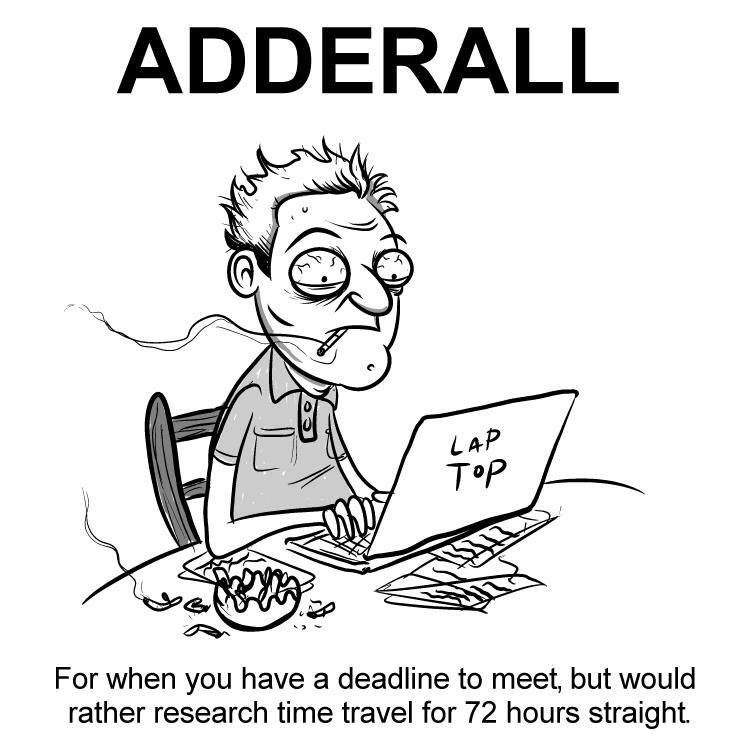
A person can quickly develop a tolerance to Adderall. When someone has a tolerance to a drug, it means the drug no longer has the effect it once did. Instead, it may have a diminished effect or no effect at all. When someone develops a tolerance to a drug, they have to take higher and higher doses for the same effects. Eventually, it may not work at all to help them study.
If someone is regularly relying on Adderall to study, they may become addicted to the drug.
How Does Adderall Help With Studying?
When someone takes Adderall, it acts on the central nervous system in a stimulating way. It does this by affecting specific brain neurotransmitters, including dopamine, norepinephrine and serotonin. Adderall is primarily prescribed for the treatment of ADHD, but it’s also prescribed for narcolepsy in some situations. When someone is diagnosed with ADHD, the stimulant can help them by allowing them to concentrate and focus more, and it can also improve behavioral control.
Adderall comes in different types and doses. Immediate-release versions of the medicine are shorter-acting and usually wear off after a few hours, while the effects of extended-release Adderall can last up to 10 hours in some cases.
Alternatives to Adderall For Studying
People frequently wonder if there are safer alternatives to Adderall for studying. There aren’t going to be many non-prescription products that are as potent as Adderall, which is why it’s a controlled substance that is only legally available by prescription.
However, some products promise to have at least some of the benefits of Adderall without as many of the risks. There’s a field of products called nootropics, which are also often called smart drugs, and they aim to provide cognitive benefits.
Nootropics and other herbal supplements may help boost your energy and cognitive skills, but you’re not likely to experience the euphoric high of Adderall or similar drugs like Ritalin. With that being said, you’re also not likely to have the uncomfortable and sometimes dangerous side effects of so-called prescription “study drugs” either.
The Risks and Side Effects of Adderall
Adderall can be helpful for the disorders it’s prescribed to treat, but it also has potential risks and side effects associated with its use. These side effects can include loss of appetite, insomnia, anxiety, nervousness, headaches, nausea, and vomiting.
These are relatively common side effects, even for people who are prescribed the medicine. However, there can also be severe side effects of Adderall use, particularly when it’s used without a prescription. Some of the more serious side effects can include:
- Mood changes, such as depression
- Heart-related problems
- Changes in heart rate
- Increased blood pressure.
It should be noted that if someone likes how they feel when they use this drug, they probably don’t have ADHD, and should not be using Adderall for studying. Research has shown that people who feel euphoric when taking a stimulant like Adderall are less likely to have genes predisposing them to ADHD. This is probably a major reason why people with well-treated ADHD are less likely to abuse substances.
This is probably a major reason why people with well-treated ADHD are less likely to abuse substances.
If you or a loved one is struggling with Adderall misuse or addiction, The Recovery Village can help. Contact us today to learn about addiction treatment programs and recovery resources that can work well for your situation.
Editor – Jonathan Strum
Jonathan Strum graduated from the University of Nebraska Omaha with a Bachelor's in Communication in 2017 and has been writing professionally ever since. Read more
Medically Reviewed By – Dr. Kevin Wandler, MD
Kevin Wandler holds multiple positions at Advanced Recovery Systems. In addition to being the founding and chief medical director at Advanced Recovery Systems, he is also the medical director at The Recovery Village Ridgefield and at The Recovery Village Palmer Lake. Read more
Katusic, S.K., Barbaresi, W.J., Colligan, R.C., Weaver, A.L., Leibson, C.L., Jacobsen, S.J. “Psychostimulant treatment and risk for s[…] birth cohort study. ” Journal of Child & Adolescent Psychopharmacology, 2005. Accessed June 28, 2020.
” Journal of Child & Adolescent Psychopharmacology, 2005. Accessed June 28, 2020.
Maher, B. “Poll results: Look who’s doping.” Nature, 2008. Accessed June 28, 2020.
Shoptaw, S.J., Kao, U., Heinzerling, K., Ling, W. “Treatment for amphetamine withdrawal.” Cochrane Database of Systematic Reviews, 2009. Accessed June 28, 2020.
Garcia, H.S., et al. “Nootropics: Emergent drugs associated wi[…]clinical challenges.” European Psychiatry, 2017. Accessed June 28, 2020.
Aberg, Simon Essig. “Study Drug” Abuse by College Students:[…]at You Need to Know.” National Center for Health Research, 2020. Accessed July 13, 2020.
Kelly, Laura. “16 million U.S. adults on prescription s[…]ulants, study shows.” Washington Times, April 16, 2018. Accessed July 13, 2020.
Medical Disclaimer
The Recovery Village aims to improve the quality of life for people struggling with substance use or mental health disorder with fact-based content about the nature of behavioral health conditions, treatment options and their related outcomes. We publish material that is researched, cited, edited and reviewed by licensed medical professionals. The information we provide is not intended to be a substitute for professional medical advice, diagnosis or treatment. It should not be used in place of the advice of your physician or other qualified healthcare providers.
We publish material that is researched, cited, edited and reviewed by licensed medical professionals. The information we provide is not intended to be a substitute for professional medical advice, diagnosis or treatment. It should not be used in place of the advice of your physician or other qualified healthcare providers.
Adderall on Campus
It was late at night in the library of a major state university. A sophomore named Mia was having trouble staying awake. “I was drinking Red Bull and 5-hour Energy, and my friend said, ‘Stop drinking that, just have an Adderall,’ and she gave me one of hers,” the student told her college newspaper. Mia thought about it for a half-hour, then popped the pill.
After that, Mia (not her real name) says she took the stimulant once a week for at least a month–buying the drugs illegally from a friend for $5 to $7 per pill. Short-release pills helped her through a few hours of homework. Extended-release pills fueled all-nighters.
Surge in So-Called Study Drugs
Across the U. S., nearly one in six college students now say they’ve used stimulants like Adderall, Ritalin, or Dexadrine–drugs normally prescribed for Attention Deficit Hyperactivity Disorder (ADHD)–without a prescription, according to a recent, national survey by Ohio State University. Seventy-nine percent used them to study, according to The College Prescription Drug Study of 19,539 undergraduate, graduate, and professional students from 26 institutions across the United States. But others just like how the drugs make them feel.
S., nearly one in six college students now say they’ve used stimulants like Adderall, Ritalin, or Dexadrine–drugs normally prescribed for Attention Deficit Hyperactivity Disorder (ADHD)–without a prescription, according to a recent, national survey by Ohio State University. Seventy-nine percent used them to study, according to The College Prescription Drug Study of 19,539 undergraduate, graduate, and professional students from 26 institutions across the United States. But others just like how the drugs make them feel.
Like Mia, most didn’t look far to find the drugs. About 79 percent got them from a friend. “One of our major findings is how many students who misuse prescription drugs are getting those pills from fellow students,” Anne McDaniel, executive director of Ohio State’s Center for the Study of Student Life and the principal investigator of the CPDS, said in an interview when the report was released. “A vast majority of our survey respondents aren’t keeping their medications in a locked, secure place and that’s worrisome.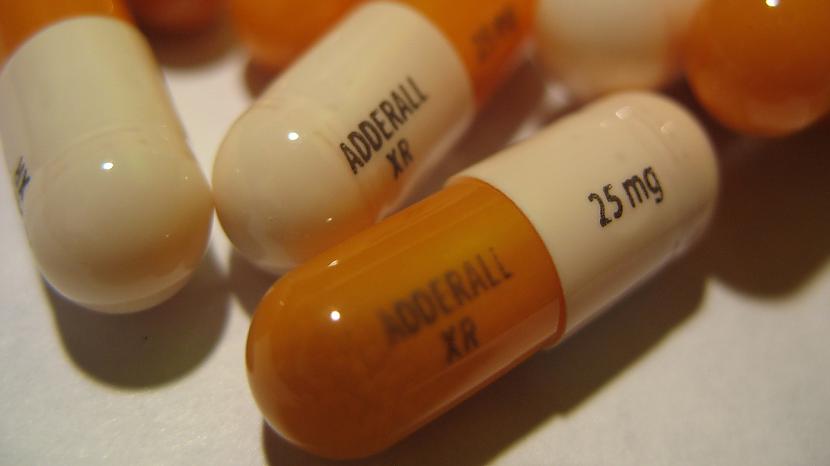 ”
”
The non-prescription “study buddy” use of ADHD drugs is so commonplace among college students that nearly 62 percent said they’d been offered some at one time or another in a 2012 University of Maryland study of 1,253 students. Half admitted to trying them.
What most don’t know: Recent research shows that study drugs can have serious side effects. They’re often used by students with undiagnosed ADHD or substance-abuse problems. And they don’t really work.
Emergency Room Visits on the Rise
Plenty of college students think taking someone else’s prescription ADHD meds is safe. Among the stimulants used as study drugs are amphetamine and dextroamphetamine (Adderall, Adderall XR, and generics), methylphenidate (Concerta, Methylin, Methylin ER, Metadate CD, Ritalin, Ritalin SR, Ritalin LA, and generics) and lisdexamfetamine (Vyvanse). In a 2016 national survey, 38.5 percent of 19- to 22-year-olds said they didn’t think the regular use of amphetamines and related drugs was harmful.
But prescription stimulants carry a significant risk for physical and psychological dependence, drug experts warn, especially for people taking them without a prescription and a doctor’s guidance. “The health risks include cardiovascular problems, addiction, and psychiatric comorbidities,” says lead researcher Lian-Yu Chen, M.D., PhD., now an Assistant Professor at Institute of Epidemiology and Preventive Medicine, National Taiwan University.
The side effects can also be serious— irregular heartbeats, increased blood pressure, restlessness, anxiety, nervousness, paranoia, headache, dizziness, insomnia, dry mouth, loss of appetite, diarrhea, constipation, and even impotence. If you’re not taking this medicine under the care of a doctor, you might not expect these effects and they can be scary and unsettling, driving some to the emergency room.
In fact, between 2006 and 2011, emergency-room visits for non-prescription amphetamines rose 156 percent, according to a Johns Hopkins University study that looked at drug-related emergency room visits at 250 hospitals across the US.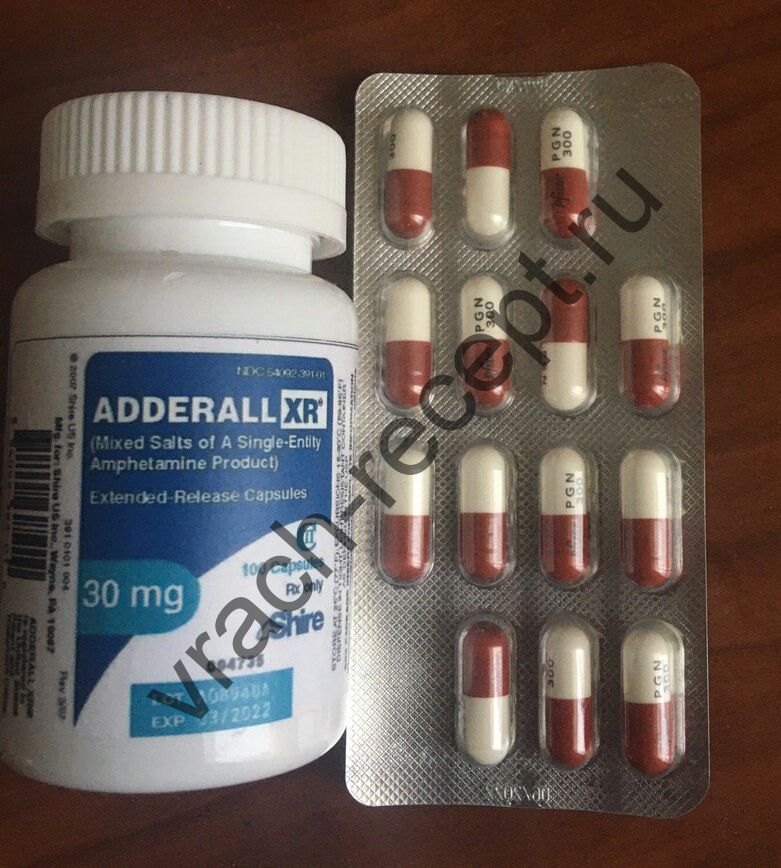 Calls to Poison Control Center hotlines rose 76 percent. And while the number of prescriptions for ADHD drugs dropped somewhat during that time, illegal use of the drugs increased by 67 percent.
Calls to Poison Control Center hotlines rose 76 percent. And while the number of prescriptions for ADHD drugs dropped somewhat during that time, illegal use of the drugs increased by 67 percent.
The Adderall Myth
Plenty of students use study-buddy pills to stay alert, focused, motivated–and to get “smarter.” Meanwhile, a growing stack of research suggests study drugs don’t even really work. And University of Rhode Island researchers say the drugs could negatively affect academic performance.
In a 2018 study, 13 college students without ADHD took a 30-milligram dose of Adderall or a placebo and then took a series of tests to gauge changes in brain function, reaction time, and emotions. The Adderall group got a big mood boost and some improvement in attention and focus. But that didn’t help skills important for studying and writing papers like reading comprehension, reading fluency, and working memory. “Contrary to common belief, Adderall had little impact on neurocognitive performance in healthy college students,” the researchers concluded.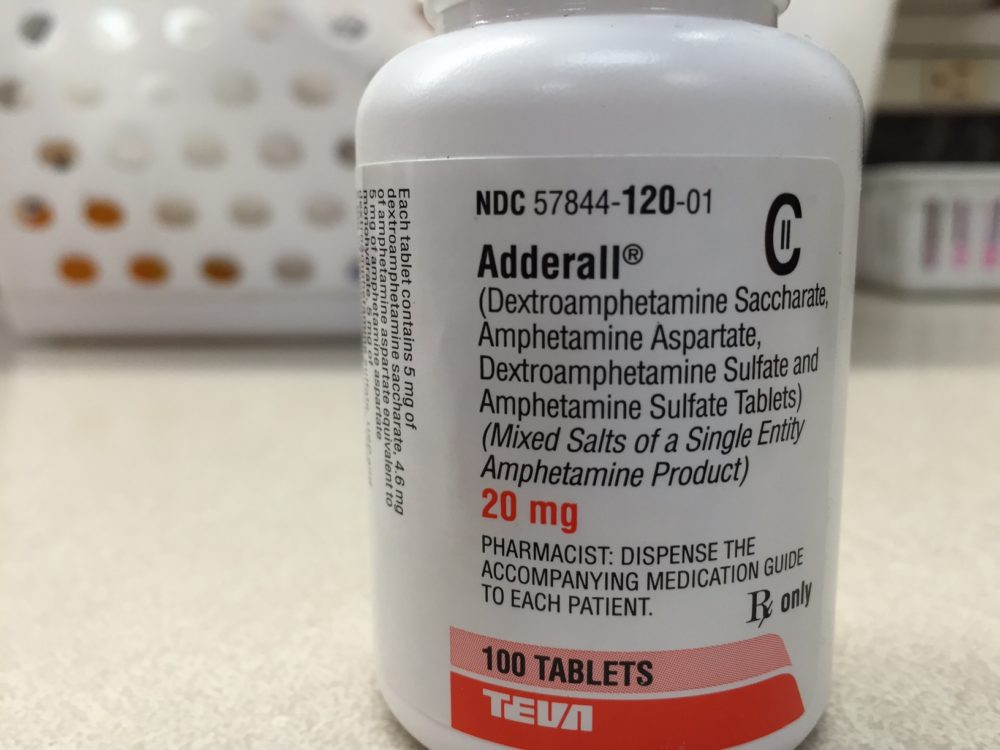
As one college student described the study-drug experience to a reporter from her college newspaper, the pills can be a big distraction. “They do help you study, but the side effects were the worst part,” the young woman related. “They caused me to fidget a lot, causing me to bite my nails and nail beds, pick at the dead ends of my hair ... and my personality would completely change. I would go from happy, talkative Kirsten to zombie girl, talking to no one.”
Study Drugs and Undiagnosed ADHD
When Timothy Wilens, MD, chief of Child and Adolescent Psychiatry at Mass General Hospital for Children (MGHfC), took a close look at college students who mis-use stimulants, he and his team made a surprising discovery: They were nearly twice as likely as non-users to have diagnosed or undiagnosed ADHD. Stimulant mis-users were also more likely to have other substance abuse problems than non-users, their 2016 study in the Journal of Clinical Psychiatry found.
“Given that 1 in 4 have ADHD and that screening for ADHD is relatively easy, I would strongly advocate that youth who are using stimulants non-medically be screened,” Wilens says.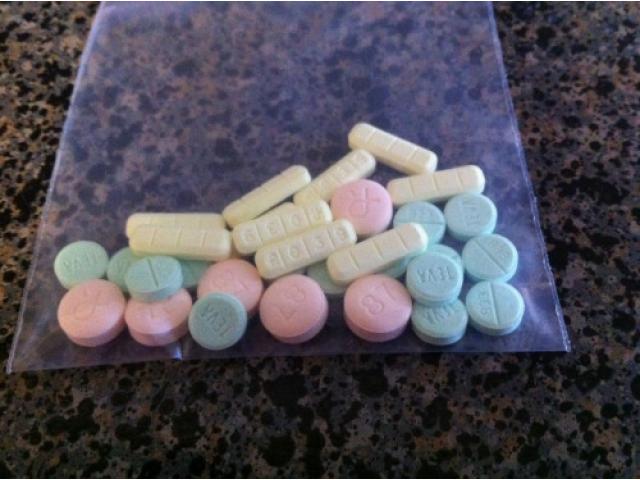 In the study, users were more likely than non-users to have been easily distracted or had trouble paying attention as children. As young adults, they had trouble following directions and didn’t like to do things that required them to pay close attention.
In the study, users were more likely than non-users to have been easily distracted or had trouble paying attention as children. As young adults, they had trouble following directions and didn’t like to do things that required them to pay close attention.
In a 2017 study of 100 college-age study drug users and 198 non-users, Wilens’ group found no differences in the IQs of the two groups. But study drug users scored higher on tests of trouble with working memory, planning and organizing, initiation (getting work started) and inhibition (self-control). In the pressure-cooker environment of college, taking study drugs may be an attempt to overcome real mental obstacles. “Our findings, in conjunction with the literature, lend credibility to the notion that stimulant misusing college students may be self-medicating attentional difficulties, executive dysfunction, and academic impairment,” the researchers write. For parents and school staff, study-drug use could be a red flag that a young adult needs help with ADHD.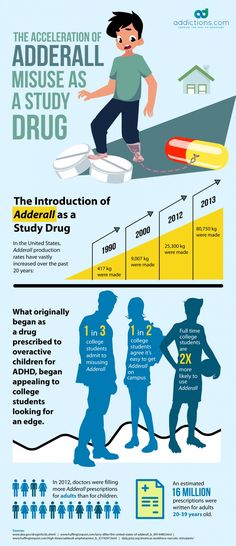
- Students and use: Pennsylvania State University Daily Collegian (2018). “Using It at Your Own Risk.”
- College drug study: The Ohio State University, Center for the Study of Student Life College Prescription Drug Study (2018). “An Overview of Stimulant Use: Research Brief.”
- Nonmedical use and stimulants: Garnier-Dykstra LM et al. Journal of American College Health (2012). “Nonmedical use of prescription stimulants during college: Four-year trends in exposure opportunity, use, motives, and sources.”
- Drug abuse: Monitoring the Future (2016). “National Survey Results on Drug Use 2016.” Drug-related ER visits: Weyandt LL et al. Pharmacy (2018). “Neurocognitive, Autonomic, and Mood Effects of Adderall: A Pilot Study of Healthy College Students.”
- Stimulants and students’ academic success: Western Kentucky University College Heights Herald (2019).
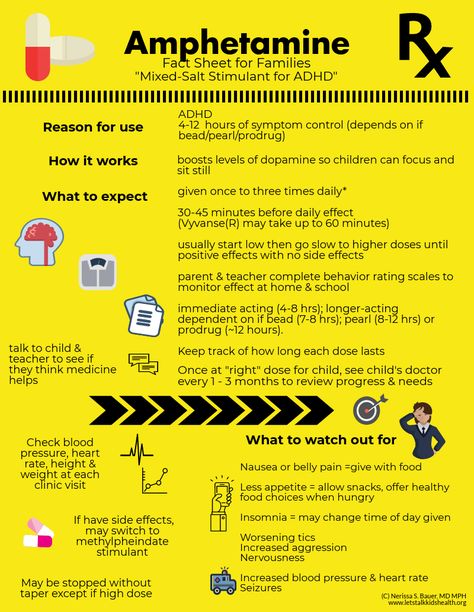 “Students trade health for academic success with stimulants.”
“Students trade health for academic success with stimulants.”
Notes: This article was originally published December 24, 2019 and most recently updated October 7, 2022.
Active Stimulation Drug makers got Americans hooked on amphetamines. And they made billions on this: Markets: Economics: Lenta.ru
The United States is facing an epidemic of attention deficit hyperactivity disorder (ADHD) - the number of patients is growing by leaps and bounds. However, not all experts and doctors are confident in the naturalness of this growth - many believe that these are the machinations of pharmaceutical giants who are lobbying for their drugs against ADHD. Parents are convinced of the illness of their children and the urgent need to take stimulants, without which their life is doomed. Some doctors are ready to make a difficult diagnosis based on poor grades at school. At the same time, there is also a significant increase in ADHD patients among adults. An epidemic of attention deficit or an attempt to patch up deficits in the budgets of pharmaceutical giants - in the material "Lenta.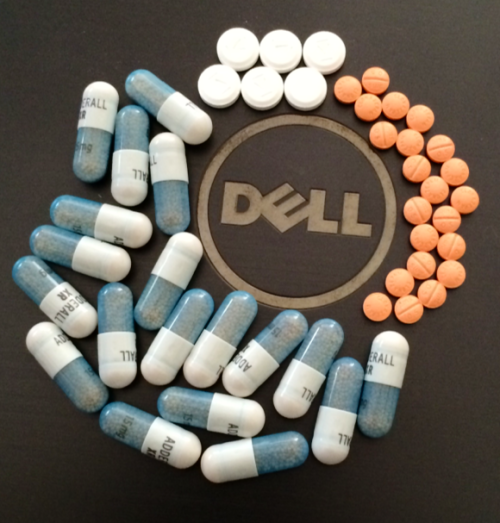 ru". nine0003
ru". nine0003
Attention deficit hyperactivity disorder (ADHD) is a neurological-behavioral developmental disorder. Distinctive signs of ADHD: inattention (a person is not able to pay attention to details, cannot follow instructions for a long time, has difficulty completing a task on his own, often loses things), hyperactivity (an excited state, inability to sit still for a long time, uncontrolled movements are often observed, talkativeness) , aggressive behavior and impulsivity. The disorder causes difficulties in learning and social interaction. nine0003
Millions of people are being diagnosed with Attention Deficit Hyperactivity Disorder (ADHD). Without treatment, living with this disorder means many problems, including financial ones. In 2017, a study was published in the scientific journal PLOS One showing a strong link between ADHD and high-interest loans, in particular from pawnshops, late payments, being late, and constantly changing jobs. This is because people with ADHD, due to their cognitive impairment, respond quickly to short-term stimuli.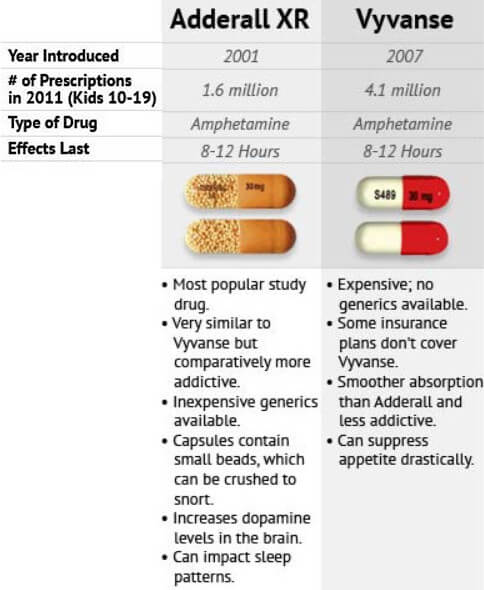 They are characterized by impulsive behavior that makes them make hasty decisions, this is not a personal choice, but problems caused by the peculiarities of the brain. nine0003
They are characterized by impulsive behavior that makes them make hasty decisions, this is not a personal choice, but problems caused by the peculiarities of the brain. nine0003
Photo: Shutterstock
According to the University of Iowa, released in 2018, the number of people with ADHD is growing rapidly. In 2016, 10.2 percent of children aged 4 to 17 received this diagnosis in the United States, compared to 6.1 percent in 1997-1998. In the 1970s, ADHD was considered a childhood disease that would go away with time. Later it turned out that the symptoms persist into adulthood, moreover, ADHD can manifest itself quite late. According to a study by King's College London, about 70 percent of those who were diagnosed after the age of 18 did not have the corresponding symptoms in childhood. “ADHD occurs in about 4 percent of adults, but only a few of them receive medical attention,” says study author Jessica Agnew-Blais. Many people diagnosed with ADHD in adulthood admit to living in crisis for decades, changing one job after another until they were diagnosed, someone managed to get the necessary treatment only after a suicide attempt. nine0003
nine0003
Related materials:
The spread of ADHD has reached such proportions that it is already a serious burden on the economy. The ADHD Research Center of Canada (CADDAC) estimates that the country loses between $6 billion and $11 billion annually due to lost productivity in the workplace associated with attention deficit disorder. Among people with ADHD there are also quite successful businessmen, but most of them cannot get a job, often change jobs, occupy the lowest paid positions. All this means additional costs for the state, such people are more dependent on the social security system and pay less taxes. nine0003
New market
Therapy can correct the disorder. Most of those who are diagnosed in adulthood admit that after they were able to determine the cause of the problems and prescribe treatment, things improved and they began to lead a full life. The recognition of ADHD has created a huge market for pharmaceutical companies. Once proven that ADHD can manifest into adulthood, “new adults,” who had never been diagnosed before, were the fastest growing segment of the market, as Angus Russell, then CEO of the pharmaceutical company Shire, acknowledged in 2011.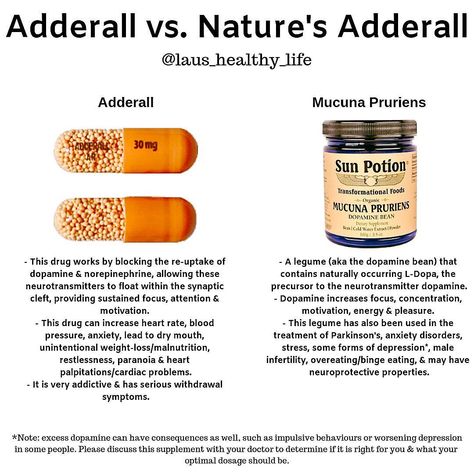 According to medical analytics company IMS Health in 2012 for people aged 20 to 3916 million prescriptions for ADHD medications have been filled in the past year.
According to medical analytics company IMS Health in 2012 for people aged 20 to 3916 million prescriptions for ADHD medications have been filled in the past year.
Photo: Benjamin Vincent Kasapoglu / Wikimedia
Central nervous system stimulants are mainly used for treatment, primarily Ritalin, Adderall, Concerta, Focalin and Vyvanse. Under these trademarks, compounds of amphetamine and methylphenidate are sold, in Russia the circulation of these psychotropic substances is prohibited. According to IMS Health, sales of stimulants were $4 billion in 2007 and by 2012 had risen to $10.5 billion. Between 2012 and 2015, the market reached $11.2 billion. It is predicted that by 2020 it will be about 17.5 billion dollars. Shire has been the market leader in ADHD medications for over 20 years. The company managed to become number one after 19In 1997, it acquired Richwood Pharmaceutical for $186 million, which developed the most popular ADHD treatment, Adderall (an amphetamine-based stimulant).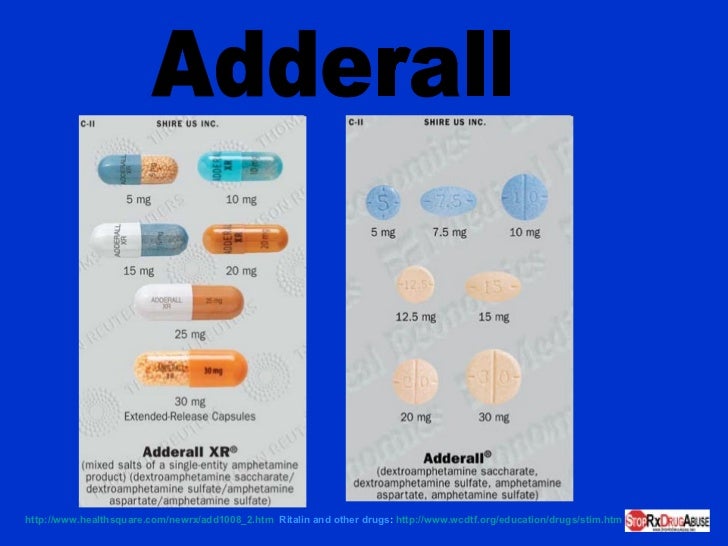 Shire also owns Vyvanse and a number of other brands. The company's ADHD drug divisions are worth about $8.5 billion.
Shire also owns Vyvanse and a number of other brands. The company's ADHD drug divisions are worth about $8.5 billion.
Prescription nuclear bombs
Scientists don't have a conclusive answer yet as to why the number of people with ADHD is on the rise. Some suggest that the problem is in modern gadgets and digital media: the constant change of bright pictures makes you switch your attention all the time, which can eventually turn into a serious disorder. This version is supported by a two-year study by scientists from the University of Southern California. Dr. Wei Bao from the University of Iowa, whose work has led to talk about the "new epidemic of ADHD", he himself believes that it is too early to draw any conclusions, perhaps people have not become sick more often, just doctors have learned to better identify symptoms. nine0003
Related materials:
Another point of view is that under the pressure of the pharmaceutical industry, doctors began to make this diagnosis too often. Dr. Keith Conners pioneered the current practice of treating childhood disorders with stimulants. It was he who in the early 1960s at Johns Hopkins University conducted the first official tests on the effects of stimulants (specifically methylphenidate) on children. The studies were paid for by Ritalin manufacturer CIBA. The results were overwhelming: children's academic performance skyrocketed, and Conners became one of the leading advocates for the use of stimulants to treat ADHD. He worked with all the major manufacturers, but then abruptly changed his position and began to talk about a wave of misdiagnosis of ADHD, which reached the level of a "national disaster." nine0003
Dr. Keith Conners pioneered the current practice of treating childhood disorders with stimulants. It was he who in the early 1960s at Johns Hopkins University conducted the first official tests on the effects of stimulants (specifically methylphenidate) on children. The studies were paid for by Ritalin manufacturer CIBA. The results were overwhelming: children's academic performance skyrocketed, and Conners became one of the leading advocates for the use of stimulants to treat ADHD. He worked with all the major manufacturers, but then abruptly changed his position and began to talk about a wave of misdiagnosis of ADHD, which reached the level of a "national disaster." nine0003
Keith Conners
Frame: MHS Assessments - Clinical and Education / YouTube
Conners has repeatedly stated that under pressure from the pharmaceutical giants, the signs of classic ADHD have been unnecessarily expanded. Longtime owner of Richwood Pharmaceutical and the Adderall brand, Roger Griggs, now says he is vehemently opposed to stimulants being used so widely. He calls them "nuclear bombs," which should only be given under extreme circumstances and under close medical supervision. No one who talks about an “epidemic of overdiagnosis” denies that ADHD is a serious disorder that requires medication as well, but according to skeptics, the real numbers of people with ADHD have not changed and are about 5 percent, the rest they prescribe medicines undeservedly. nine0003
He calls them "nuclear bombs," which should only be given under extreme circumstances and under close medical supervision. No one who talks about an “epidemic of overdiagnosis” denies that ADHD is a serious disorder that requires medication as well, but according to skeptics, the real numbers of people with ADHD have not changed and are about 5 percent, the rest they prescribe medicines undeservedly. nine0003
Take for life
Pharmacists are accused of aggressive marketing, which has led to the fact that poor academic performance or absent-mindedness already allows a child to be diagnosed and prescribed pills. Both parents and children themselves are convinced that stimulants will help to achieve success. Shire paid for 50,000 copies of a comic a few years ago in which superheroes encourage kids to take medicine to help them learn. Maroon 5 musician Adam Levine took part in Shire's advertising campaign aimed at teenagers. Pamphlets were printed for parents explaining that the pills would solve all the behavioral problems of their children. To remove stigma and encourage people to seek medical attention, lists of "Famous People with ADHD" have been prepared. Thus parents saw that their children were in good company with Thomas Edison, Abraham Lincoln, Galileo and Socrates. nine0003
To remove stigma and encourage people to seek medical attention, lists of "Famous People with ADHD" have been prepared. Thus parents saw that their children were in good company with Thomas Edison, Abraham Lincoln, Galileo and Socrates. nine0003
Related Content:
Since 2000, the Food and Drug Administration (FDA) has repeatedly urged pharmaceutical companies to withdraw advertisements that exaggerate the effects of drugs. Although studies confirm that serious problems can occur in adulthood without ADHD treatment, stimulants as a therapy have not been proven to have all the benefits reported in advertisements, comics and booklets. In February 2017, Shire was ordered to pay $57.5 million in fines from the FDA for improperly advertising a range of drugs, including Vyvanse, Adderall XR, and Daytrana. nine0003
ABC host Ty Pennington was also reprimanded for advertising stimulants. In his show, he talked about the amazing success that adults can achieve with stimulants, and admitted that Adderall changed his own life.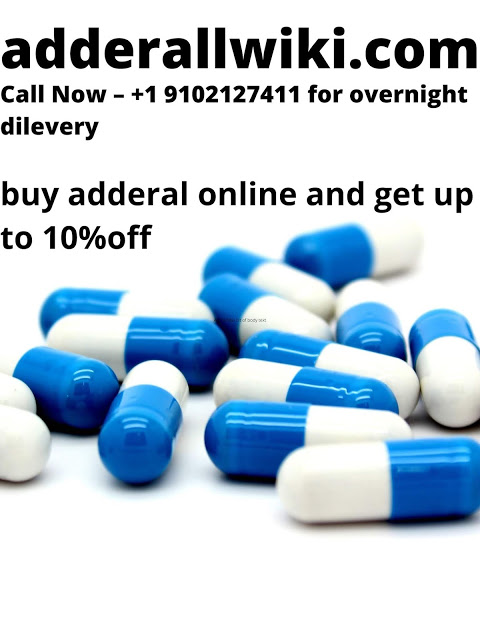 A psychiatrist who was invited on the air developed the theme, adding that the majority of prisoners are people with undiagnosed ADHD who should be prescribed stimulants. At the same time, Pennington kept silent that he was a representative of Shire from 2006 to 2008 and received money in the company for this. Because he clearly exaggerated the positive effects of Adderall and kept silent about the negative side effects, the FDA issued him a warning. “I am not a medical expert. I'm a TV presenter," Pennington commented on his blunder. nine0003
A psychiatrist who was invited on the air developed the theme, adding that the majority of prisoners are people with undiagnosed ADHD who should be prescribed stimulants. At the same time, Pennington kept silent that he was a representative of Shire from 2006 to 2008 and received money in the company for this. Because he clearly exaggerated the positive effects of Adderall and kept silent about the negative side effects, the FDA issued him a warning. “I am not a medical expert. I'm a TV presenter," Pennington commented on his blunder. nine0003
Image: Ownyouradhd.com
Doctors, on whom diagnoses and prescriptions depend, were processed no less actively. For example, a new modification of Adderall - Adderall XR - was presented by Shire in April 2002 at the Ritz-Carlton Hotel and Spa in Pasadena, California. 70 doctors were invited to the event, who were told that ADHD without treatment threatens with lack of work or underemployment, fatal car accidents, criminal activities, unwanted pregnancies and sexually transmitted diseases.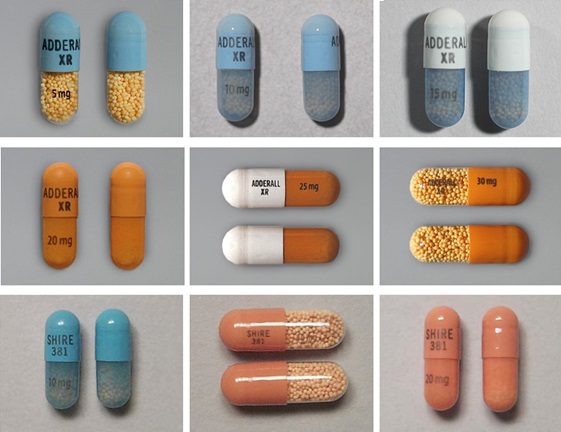 It did not mention that the studies did not evaluate whether stimulants were able to reduce these risks. Psychiatrist William Dodson, who hosted this presentation, told colleagues that he diagnoses about 300 patients a year and always recommends taking stimulants for the rest of his life. It was reported that for this performance, he received $2,000 from the Shire, and in 2010-2011, pharmaceutical companies transferred him $45,500. However, he himself believes that he is working as an educator, and statements that pharmacists force doctors to make incorrect diagnoses in order to increase sales are nothing more than conspiracy theories. “If people need help, my job is to make sure they get it,” Dr. Dodson said. nine0003
It did not mention that the studies did not evaluate whether stimulants were able to reduce these risks. Psychiatrist William Dodson, who hosted this presentation, told colleagues that he diagnoses about 300 patients a year and always recommends taking stimulants for the rest of his life. It was reported that for this performance, he received $2,000 from the Shire, and in 2010-2011, pharmaceutical companies transferred him $45,500. However, he himself believes that he is working as an educator, and statements that pharmacists force doctors to make incorrect diagnoses in order to increase sales are nothing more than conspiracy theories. “If people need help, my job is to make sure they get it,” Dr. Dodson said. nine0003
Legal doping
Stimulants have long crossed the threshold of medical offices. Many people do not have ADHD but are willing to take Adderall and other medications for performance or relaxation purposes (they also have a euphoric effect). Thanks to the advertising campaign, such drugs have developed a much more respectable image than dirty street stimulants. Unsurprisingly, up to 35.6 percent of American students are estimated to take Adderall to boost their cognitive abilities and prepare for last-minute exams. Twitter mentions of the drug have been noted to spike in December and April, when university exams are days away. nine0003
Unsurprisingly, up to 35.6 percent of American students are estimated to take Adderall to boost their cognitive abilities and prepare for last-minute exams. Twitter mentions of the drug have been noted to spike in December and April, when university exams are days away. nine0003
Related materials:
Athletes also love stimulants. For example, amphetamines have been taken, almost openly, by professional baseball players for decades. In 2005, Major League Baseball announced the start of a decisive fight against stimulants and the introduction of additional testing. Since then, a number of professional baseball players have reported that they suffer from ADHD. Immediately after the introduction of additional doping tests, the number of people receiving prescription stimulants increased from 28 players to 103, which amounted to 8 percent of all players in the league. In 2013 there were already 119. Dr. Gary Wadler of the World Anti-Doping Agency ironically remarked that there was an epidemic of ADHD in the Major Leagues. Such doping is no less popular in eSports. In 2015, the Electronic Sports League (ESL Gaming) added Adderall to its list of substances banned from tournament play and began testing players for drugs. The ban came after a well-known professional player admitted in an interview that his entire team used Adderall during an ESL tournament.
Such doping is no less popular in eSports. In 2015, the Electronic Sports League (ESL Gaming) added Adderall to its list of substances banned from tournament play and began testing players for drugs. The ban came after a well-known professional player admitted in an interview that his entire team used Adderall during an ESL tournament.
According to experts, it is completely impossible to tell which proportion of adults who have been prescribed Adderall or other similar drugs actually have ADHD, and which are receiving the drug illegally. But there are obviously many such cases. As lovers of pharmacy stimulants admit, if you want to get a prescription, it is not difficult, which in the end can turn into a fairly strong addiction. In 2013, the Partnership for Drug-Free Children released the results of a survey in which nine percent of adolescents (about 1.9million) reported abuse of stimulants prescribed for ADHD. The Citizens Commission on Human Rights (CCHR) has stated that the criteria for diagnosing ADHD are so subjective and arbitrary that children and teens can easily feign to get a prescription, which they no doubt use.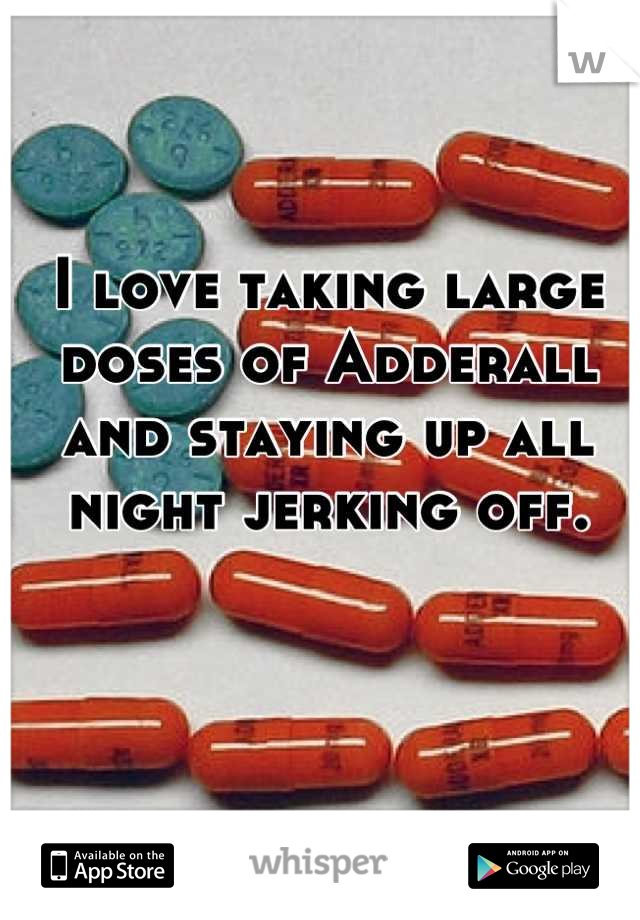
Richard Fee
Photo: The Richard Scott Fee Foundation
While the abuse of prescription stimulants is on the rise, even staunch opponents can't deny that in some cases they can actually improve cognitive performance and concentration significantly. Side effects include sleep disturbance, high blood pressure, heart problems, in rare cases, hallucinations and suicidal thoughts. nine0003
Related materials:
If in the case of the "opioid epidemic" provoked by OxyContin, the number of deaths is tens of thousands per year, tragic cases associated with the abuse of stimulants are rare, although quite impressive. A seven-year-old child is known to have become depressed after taking medication, and a case has been reported in which the child began to experience severe hallucinations due to stimulants. 24-year-old Richard Fe experienced serious mental problems while trying to overcome his addiction to pharmaceutical stimulants, and ended up committing suicide. nine0003
Tragic events like this are perceived as collateral damage and are unlikely to cause the industry to change its mind. Pharmaceutical companies are investing millions in research and promotion of their products, so in the near future the market will only grow, and the number of people who cannot imagine their lives without stimulants will continue to increase.
Pharmaceutical companies are investing millions in research and promotion of their products, so in the near future the market will only grow, and the number of people who cannot imagine their lives without stimulants will continue to increase.
How the shortage of medicines in the US affected the shares of their manufacturers :: RBC Pro
nine0076Pro Project partner*TV channel
Pro
Investments
activity
RBC+
New economy
Trends
Real estate nine0003
Sport
Style
National projects
Town
Crypto
Debating Club
Research
Credit ratings
Franchises nine0003
Newspaper
Special projects St.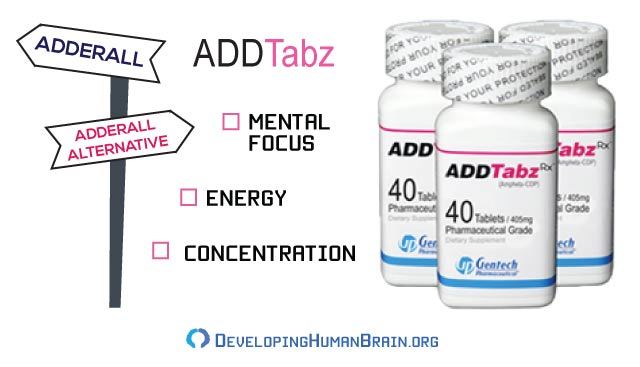 Petersburg
Petersburg
Conferences St. Petersburg
Special projects
Checking counterparties
RBC Library
Podcasts
ESG index
Politics nine0003
Economy
Business
Technology and media
Finance
RBC CompanyRBC Life
Section material Investments
Investments · Stock State regulation
Articles RBC
Adderall, a drug for the treatment of ADHD, is almost out of stock in the USA.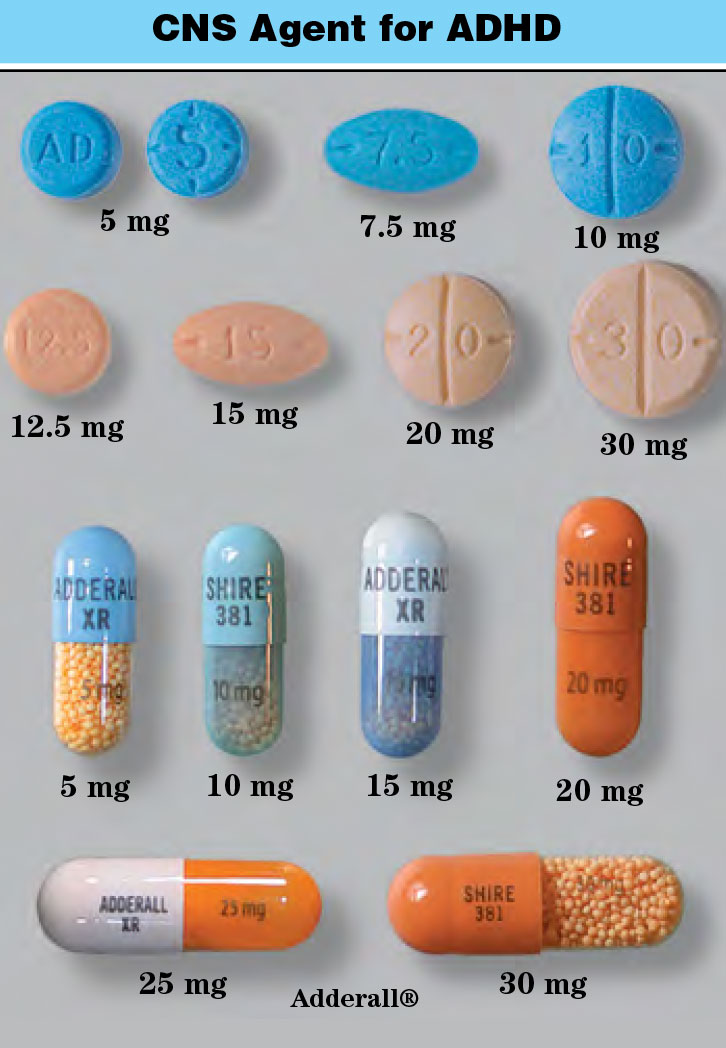 The deficit is likely to last until early next year. Against the backdrop of disruptions in the supply of paper manufacturing companies began to become cheaper
The deficit is likely to last until early next year. Against the backdrop of disruptions in the supply of paper manufacturing companies began to become cheaper
Adderall, a drug used in the United States to treat attention deficit hyperactivity disorder and narcolepsy, suddenly found itself in short supply.
The pandemic was most likely the cause: according to one version, ADHD patients began to feel worse due to self-isolation, and they needed more medication, according to another, pandemic telemedicine was too liberal in prescribing strong psychotropic drugs, and Adderall could start buy in excess of need for recreational purposes. nine0003
Manufacturers promise to cope with the shortage of the drug by January 2023. Against the backdrop of a shortage of Adderall, the value of shares of manufacturing companies also decreased. Is it worth buying them on a drawdown?
On October 12, the US Food and Drug Administration (FDA) officially announced that there is a shortage of the drug in the country.